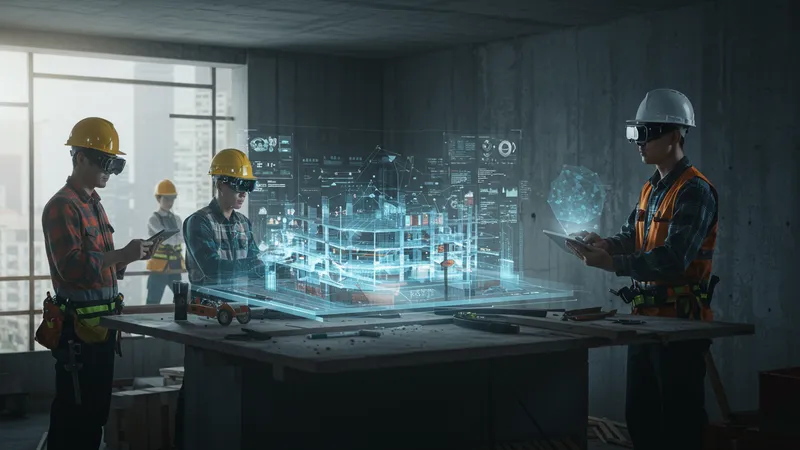
Innovative Solutions For Real Estate: Customer Management Software And Prefabricated Buildings
Paradigm Shifts in Project Management for Builders
Revolutionary paradigms are unfolding in real estate project management as builders embrace digital transformation. Technologies like Building Information Modeling (BIM) offer comprehensive project visualization and coordination before ground is broken. But the advantages stretch beyond planning efficiency.

The adoption of agile project management in construction heralds significant shifts in practices and mindsets. By allowing flexibility and iterative development, builders swiftly adapt to changing requirements while minimizing risks. This approach is redefining conventional methodologies and unlocking new possibilities. Yet, an unexpected dimension still exists.
Collaboration between stakeholders is revolutionized through augmented reality. Real-time simulations present a transformative layer of pre-visualization, identifying potential conflicts and informing data-driven decisions. This capability enhances interactivity and precision, reshaping evaluation and delivery models. But the excitement doesn’t stop here.
Software platforms now enable builders to track progress and resource deployment with unprecedented accuracy. These project management tools offer insights and predictive analytics that optimize resource allocation, trimming costs and timelines. This foresight into future project evolution marks an indispensable advantage. However, even greater revelations are yet to come.